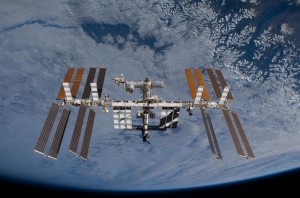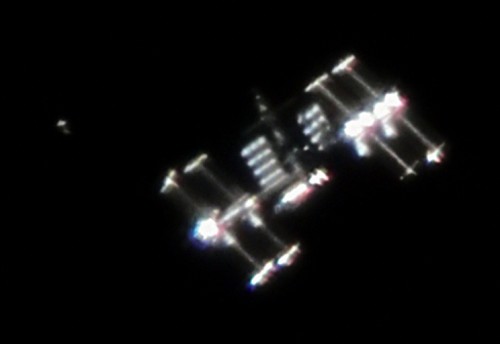I watched NASA TV all afternoon today. I wanted to see the launch of the new US Space Agency flagship Orion, but unfortunately technical issues led to it being postponed. They will (and I will) try again tomorrow.
Space Difficulties
This is an interesting launch for one major reason, it is the first test flight of a capsule that will carry people, possibly to Mars, but certainly into outer space. The test is going to send it way out beyond the orbiting space station (3600 miles), into an area that is much more inhospitable.
One issue that is different at that kind of distance is radiation. The radiation level is high, high enough to effect machines let alone humans, and so the test will measure how much the engineers have managed to insulate the capsule from this problem. Incidentally this problem is often cited as evidence that the US moon landings were faked, with critics saying that the astronauts would not have survived the radiation levels if they had actually gone there. But that is another post!
Another thing to be tested is its capacity to withstand the temperatures of re-entry in to the atmosphere. You might recall one of the Space Shuttle missions ending in disaster as it burnt up on re-entry due to faulty tiles on the underbelly.
Now I would like to see a rocket launch, but it is a completely different thing to see one with a capsule carrying people attached. I remember the golden days of space travel, when it was only animals that had the chance of orbit. (I don’t really remember them).
Animals or People?
It is after all a dangerous game going into space. This Wikipedia article lists all of the deaths involving space travel, both on the ground and in the air. 19 people have died during space flight, but another 11 have died in training, and if we think that only 533 people have been into space then the fatality rate is high.
So will they send animals in the capsule to test it out again? I doubt it, but alongside the 500 odd people in space we should not forget our animal friend heroes, some of whom gave their lives for this great mission.
Fruitflies, a pest sometimes and national heroes on other days. Fruitflies were after all the first animals sent into space, way back in 1947. In 1949 they sent a resus monkey up called Albert 2, although he died on re-entry. They did have some sensor data however so it ewas not all in vain. They are little remembered though, unlike Laika the dog. Laika was rescued from the streets of Moscow, trained, and sent on a one way mission into space. It is not known how long she lived, the capsule burned up on re-entry, and I am not sure why she was sent, but a heroic end to a flea ridden mut it was in November 1957. There she is in the photo above.
2 dogs did however make it back in one piece after a quick orbit. In 1960 Belka and Strelka made it back home, and I am sure received the welcome they deserved.
Then there was Ham, a chimpanzee. He was trained to interact with the vessel, pulling levers and feeding himself. He became a celebrity upon his return and there is even a documentary film available about his and his friends’ pioneering lives.
If you would like to know more about animals in space (I bet you can’t wait) check out this link.
I am looking forward to a launch tomorrow, with or without animal passengers.
On a final note follow this link to see a photo reportage about abandoned NASA facilities. The places that launched some of these great missions are now in ruins. Makes you think!



